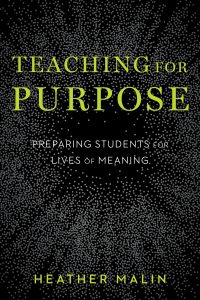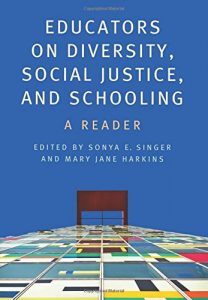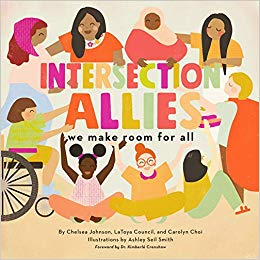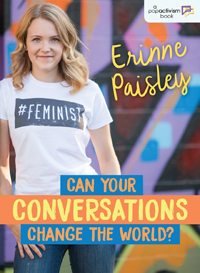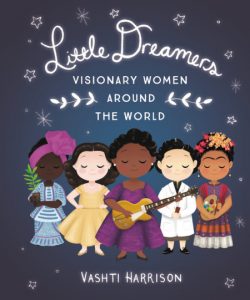The end of the year is a time for reflection and resolution. What better time to check out some new books to inspire your educational practices? This month, our new titles reflect on the nature and purpose of education and its ability to include and inspire all teachers and learners. Education can — and should — change the world!
Teaching for Purpose by Heather Malin captures this theme in its entirety. As Malin asks in her introduction, “What matters most to you? […] If you could change anything in the world, what would you change? When you were in school, did you have the opportunity to explore these questions and really think about what you value, who you wanted to become, or how you wanted to use your learning to contribute to the world?” The purpose of education matters, both for teachers and students, and Malin emphasizes that students need to be aware of the goals of their education and how they can use it to contribute in the world. Teaching for Purpose is divided into three parts that respectively describes the theory and research surrounding youth purpose development, examines teaching and pedagogical approaches to supporting purpose development, and reviews programs that currently exist to teach students how to create purpose in their lives. It is a touchstone for educators who are eager to “create a culture of purpose” in their schools, and its first chapter, asking you to explore your own purpose, might just inspire you, too!
For educators who wish to inspire further systemic change, Educators on Diversity, Social Justice, and Schooling: A Reader, edited by Sonya E. Singer and Mary Jane Harkins is a collection of essays written about pressing social issues in education. Change cannot be implemented if the issues are not understood, and this reader provides a variety of perspectives on race, poverty, colonialism, diversity, and social justice more broadly as they exist within education, written by “a diverse group of critical and forward-thinking scholars who are addressing issues because of their deep commitment to becoming agents of change.” The third section of the book, focused on “schooling,” is especially helpful for educators by exploring students’ and teachers’ relationships with each other and with social justice initiatives in the classroom.
The dialogues created between academics and educators in Educators on Diversity, Social Justice, and Schooling: A Reader can be continued in the classroom with Intersection Allies: We Make Room for All, written by Chelsea Johnson, LaToya Council, and Carolyn Choi, and illustrated by Ashley Seil Smith. This picture book is appropriate for all ages, facilitated by an adult storyteller. It encourages young learners to “make room” for everyone and stand in solidarity with those who might be different from them. Told in rhyme and filled with bright pictures, this book is a vibrant introduction to themes of social justice and equity. It also contains extensive notes, a discussion guide, and a list of inspiring books for further reading.
Older elementary and high school students may be inspired by Can Your Conversations Change the World? by Erinne Paisley. Written from a very accessible and current feminist perspective, this book is meant to spark conversations about equity. Paisley is a young feminist currently studying at the University of Toronto, whose outspoken approaches to feminist issues have gone viral (including her statement prom dress fashioned out of her math homework in 2015, meant to raise awareness and funds for girls’ education). Can Your Conversations Change the World? is her third book, and it provides an overview of some of the most pressing issues in global feminist movements, calling on today’s youth to take social action and work for change where they want to see it most in the world.
For even more feminist inspiration, and affirmation that anyone, anywhere can make a difference, check out Little Dreamers: Visionary Women Around the World by Vashti Harrison. This charmingly illustrated collection of mini-biographies of remarkable women from across the globe is an inspiring introduction to the lives of influential and revolutionary women in art and science, including figures like painter Frida Khalo, author Toni Morrison, chemist Asima Chatterjee, environmentalist and activist Wangari Maathai, and many others. As Harrison writes in her introduction, “Through their curiosity and creative thinking, these ordinary women accomplished extraordinary things. Thanks to their persistence and willingness to make mistakes, they had a lasting impact on their fields of study, and some even changed the world.” This book will inspire all audiences, and it’s great for sharing with younger readers!
All of these books — and more inspiring reads for both educators and learners! — can be found on the New Titles shelf on the ground floor of the OISE Library.

